Red Rocks Park is a beautiful place. It encourages individuals to interact with the natural landscape through a multitude of different ways. To the south of the park, there is the beach area, where people can swim in Lake Champlain. To the West, there are the cliffs, which the park was named after. In the middle, there are walking trails that intertwine with each other allowing visitors to travel wherever they prefer. I believe that Red Rocks has a special place for everyone, regardless of their love of the outdoors. For the older women with her dog, Red Rocks has a home for them. For the young school kids, Red Rocks has a home for them. For the college kids who have to think about their life ahead of them, Red Rocks has a home for them. Any culture could find their unique place here. I know I have.
When I first arrived at UVM, Red Rocks was on my agenda because I had heard such great things about it. However, I never went until we had the first phenology assignment due. That first afternoon, after witnessing the sunset made me realize that I belonged here at UVM. The rocks at the west most point are usually quiet and gives me a spot to think about recent events and sometimes I just listen. The waves crashing along the coast 70 ft. below are a sound that I don’t want to forget. I plan to return here occasionally when I get the chance, and hopefully bring friends who have yet to visit. Hopefully, they might find their special place here too.



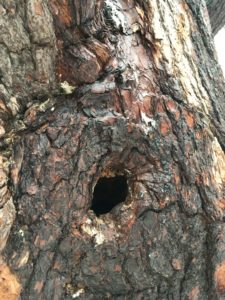
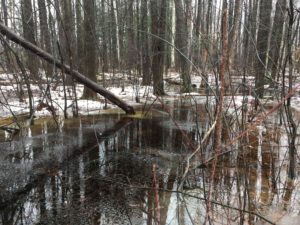
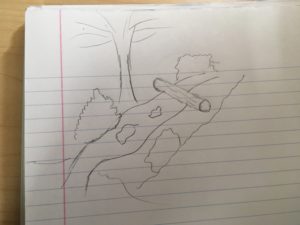
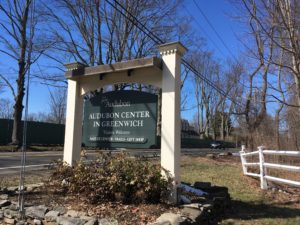
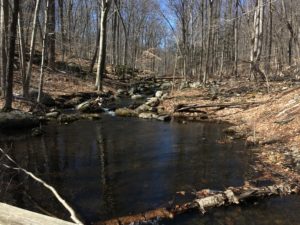
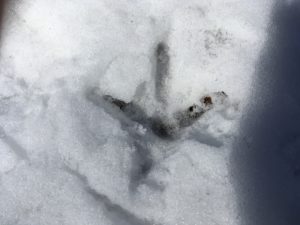
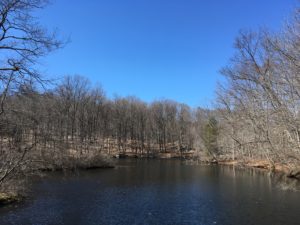
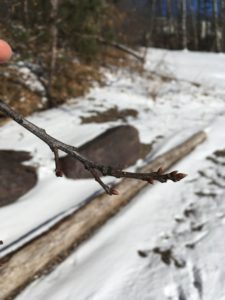
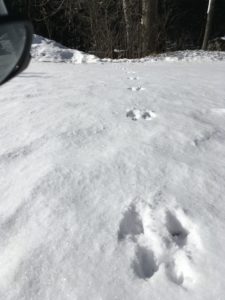
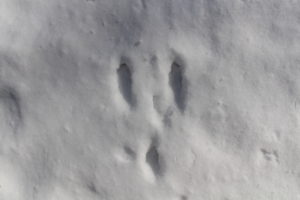
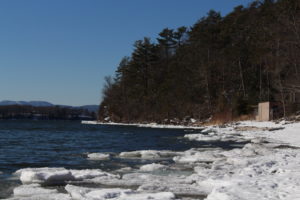
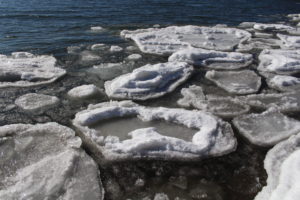
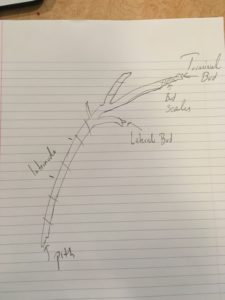
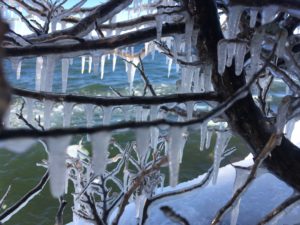
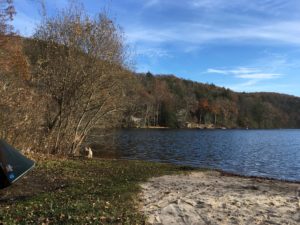

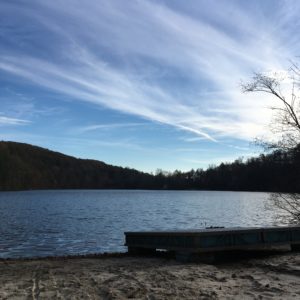
Recent Comments